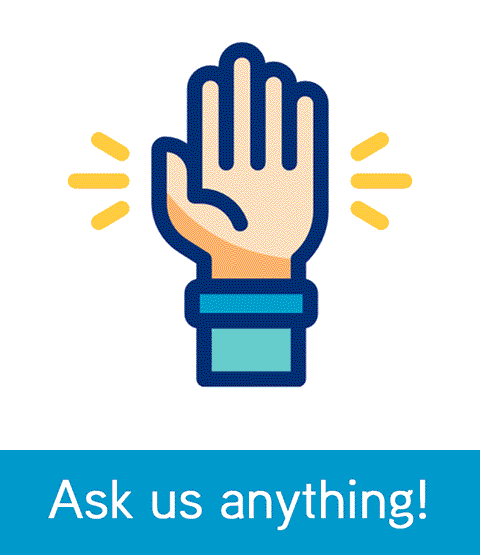Modular intakes for this programme mean you can start scheduled courses during the year.
Domestic students: Please contact our Ask Me! Student Services team.
International students: Please contact our International team for more information.
Programme highlights
Take the next step as Chief Mate or Master on a superyacht.
If you’re already working as yacht crew in the superyacht industry, this qualification will give you the training you need to become a Chief Mate or Master on yachts over 24 metres and up to 3000GT.
Holders of this qualification will have the skills, knowledge and experience required to work in a watchkeeping and/or command position at management level on a yacht.
This qualification leads to a Maritime New Zealand (MNZ) certificate. Expand for more detail.
To become a Chief Mate Yacht
You will need to complete the New Zealand Diploma in Yacht Operations (Level 6) before applying to MNZ for a:
See maritimenz.govt.nz for all requirements needed before you apply.
Master Yacht (optional strand)
Take your career to the highest level of qualification for yacht crew with an additional 12 weeks of study. You will learn the skills and knowledge to take command as Master Yacht.
You need to complete this qualification with the optional strand before applying to Maritime New Zealand (MNZ) for a:
Holders of the UK Chief Mate Yacht may progress to the optional strand in Master Yacht. Upon application, your Chief Mate Yacht certificate of competency will be recognised as prior learning.
Award of the MNZ certificate of competency will also require the completion of:
- Sea service
- MNZ medical fitness certificate
- Eyesight test (including for colour vision)
- Fit and proper person check
- Final exam
- Ancillary certificates.
See maritimenz.govt.nz for all requirements needed before you apply.
Entry requirements
General
This programme of study is intended for persons who have completed sea service on a vessel according to MNZ guidance documents, and completed their ‘Chief Mate Yacht Training Record Book’ and whom wish to gain their MNZ Certificate of Competence as a Chief Mate Yacht. It is also recognised that some candidates will choose to study over a two or three year period due to leave constraints and industry operational needs so these students will not have completed all sea service prior to commencing their first courses. This ensures flexibility within the programme and the meeting of the industry needs.
A number of identified courses may be studied by distance. There is no intention that the complete qualification be studied by distance.
Entry to this qualification is open but completion does not guarantee the award of a Maritime New Zealand license.
All persons wishing to qualify for a seafarer license must also check the Maritime New Zealand prior certification and minimum service requirements for that license.
English language entry requirements
Applicants must have sufficient competence in the English language to undertake this programme which is taught and assessed in English.
This will be demonstrated by meeting the current NZQA requirements. For the minimum English language requirements refer to the following website.
International students will generally be required to provide evidence of English language proficiency, for this programme an IELTS Academic score of 6 with no band score lower than 5.5 is required.
Important information
Entry to this qualification is open but completion does not guarantee the award of a Maritime New Zealand licence.
Give yourself credit with Recognition of Prior Learning (RPL)
Did you know you can use the knowledge and experience you already have to your advantage?
Your previous work experience and on-the-job skills, volunteering, professional development, and other providers’ qualifications can be recognised as prior learning, matched against credits in our courses, and put towards your qualification – potentially saving you money and possibly helping you to complete your qualification faster Learn more.
Programme structure
You will need to complete the below 15 courses (120 credits):
Chief mate yacht
Level 2
942.212 STCW – Basic Safety Training – Basic Sea Survival (5 credits)
Apply safe and sustainable work practices and contribute to effective communication and emergency response on board a vessel.
942.213 STCW – Basic Safety Training – Basic First Aid (5 credits)
Apply safe work practices and contribute to effective communication and emergency response to first aid on board a vessel.
942.214 STCW – Basic Safety Training – Personal Safety and Social Responsibility (PSSR) (3 credits)
Apply safe and sustainable work practices, demonstrate effective communication and emergency response on board a vessel.
942.215 Proficiency in Security Awareness (2 credits)
Providing knowledge, understanding and proficiency to personnel intending to work on ships who will not have any designated security duties.
Level 4
942.459 STCW – Basic Safety Training – Basic Firefighting (5 credits)
Apply safe work practices and contribute to effective communication and emergency response to fire on board a vessel.
942.464 Proficiency in Survival Craft (PISC) (5 credits)
Operate survival craft and rescue boats.
Level 5
942.585 Medical First Aid (5 credits)
To enable an appropriate medical response to be offered where professional care may be at least a week away.
Level 6
942.614 Advanced Fire Fighting (5 credits)
To direct fire-fighting operations on board a vessel.
942.671 Global Maritime Distress Safety System (GMDSS) (5 credits)
People credited with this course are able to: Demonstrate knowledge of GMDSS theory, transmit and acknowledge distress, urgency, medical and safety calls, communicate using GMDSS subsystems and maintain battery systems.
943.630 Chief Mate Yacht Navigation and Passage Planning (10 credits)
943.630 Chief Mate Yacht Navigation and Passage Planning (10 credits)
943.631 Chief Mate Yacht Celestial Navigation (10 credits)
People credited with this course are able to: determine position using celestial techniques, determine compass error and plan star sights.
943.632 Chief Mate Yacht Electronic Navigational Aids (10 credits)
To be able to determine the ship’s position by use of all navigational aids and equipment commonly fitted on board ships and consider the limitations of use.
943.633 Chief Mate Yacht Stability (15 credits)
By the end of the course, the students will be able to maintain vessel stability across a range of known and unknown operating conditions.
943.634 Chief Mate Yacht Watchkeeping (20 credits)
In a simulated environment, students will demonstrate the ability to conduct a safe passage, including demonstrating knowledge of BRM principles, watch-keeping practices, and ship handling. They will utilize the International Aeronautical and Maritime Search and Rescue (IAMSAR) Manual in response to emergencies at sea.
943.635 Chief Mate Yacht General Knowledge and Orals Prep (15 credits)
Students will gain an understanding of global meteorological patterns, vessel construction, management of workloads and compliance with international requirements to contribute to their management of the vessel and preparation to pass their final Oral Exam with the MNZ Orals examiner.
For master yacht strand, you will also need to complete the below five courses (80 credits)
Master Yacht
Level 6
941.601 Master Yacht Business and Law (20 credits)
Controlling the operation of the ship and care for persons on board at management level and monitor compliance with legislative requirements.
941.602 Master Yacht Meteorology and Seamanship (20 credits)
Manage the safe operation of the vessel at sea taking into account the development and effect of weather conditions and be able to respond to unplanned events that may impact on the safety of the ship.
943.636 Navigation Command and Control of Emergencies (20 credits)
Plan and conduct a passage and determine the position and manage the maintenance of a safe navigational watch, whilst responding to and controlling emergencies and distress at sea on a vessel up to 3000GT.
943.637 Master Yacht Orals Preparation (15 credits)
Students will be able to demonstrate the ability to manage all shipboard operations and personnel to ensure the maintenance of a safe navigational watch and response to changing conditions and unplanned events at sea including emergency situations and the management of machinery systems. This will assist in preparing candidates for their final MNZ Oral Examination.
Level 7
943.732 Proficiency in Charge of Medical Care (5 credits)
To lead the provision of medical care to persons’ sick or injured onboard ship where help is not close at hand..
Optional course
942.732 Crisis Management and Human Behaviour (5 credits)
Controlling the operation of the ship and care for persons on board at the operational level.
Do you want to study a single course, without enrolling into the full programme?
Courses within some of our programmes may be offered as an individual Certificate of Proficiency (COP). Programme entry requirements and course fees apply. For more information, please speak to our friendly Ask Me! team.






